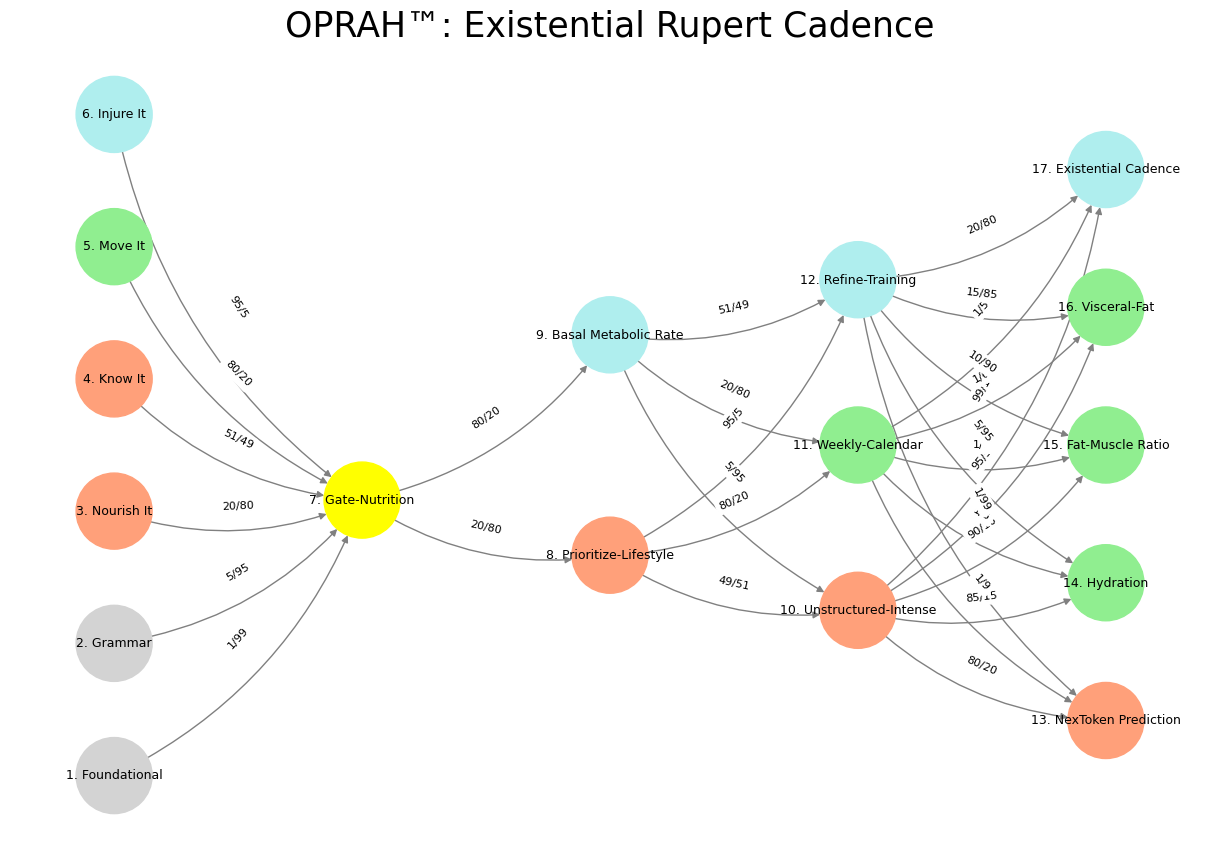Revolution#
The Anglo-Saxon spirit is one of forceful drama, ceaseless expansion, and a relentless interplay of fate and will. It is a tradition shaped by its roots in migration, conquest, and the harsh struggle against both nature and human adversaries. Unlike the more structured metaphysical traditions of continental Europe, which often sought grand harmonies in philosophy and theology, the Anglo-Saxon mind is more restless, pragmatic, and action-oriented—seeking resolution through battle, law, and the dramatic shaping of history. From the Beowulf poet to Shakespeare, from Newton to Darwin, this spirit manifests as an embrace of dynamism, an obsession with crisis and response, and a compulsion to frame the world in terms of adversarial forces locked in struggle.
In literature, the Anglo-Saxon ethos finds its most primal expression in Beowulf, a poem not of introspection but of fate-driven action. Its hero, neither a tragic figure nor a self-reflective wanderer, defines himself in battle against chaos—the monstrous Grendel, his vengeful mother, and the fire-breathing dragon that ultimately seals his fate. The core of this drama is spate, the surging force of events unfolding, often without room for deliberation. The language itself, with its compressed alliterative patterns, mirrors this momentum. In later centuries, Shakespeare refines this impulse, turning the raw action of Anglo-Saxon poetry into layered human conflict. Hamlet, unlike Beowulf, hesitates, yet his world is still one of storm-tossed decision, where sovereignty and survival depend on seizing the moment.
Fig. 25 What Exactly is Identity. A node may represent goats (in general) and another sheep (in general). But the identity of any specific animal (not its species) is a network. For this reason we might have a “black sheep”, distinct in certain ways – perhaps more like a goat than other sheep. But that’s all dull stuff. Mistaken identity is often the fuel of comedy, usually when the adversarial is mistaken for the cooperative or even the transactional.#
The Anglo-Saxon scientific mind shares this dramatic urgency, though it channels it toward a relentless questioning of the physical world. Newton’s laws of motion are not mere abstractions but the imposition of structure upon chaos, the framing of universal truths in the language of force and resistance. Darwin, too, transforms biology into a battlefield, presenting nature as an arena of competition, selection, and adaptation—ideas that would come to shape the Anglo-Saxon intellectual legacy in both science and social thought. There is no passive contemplation here; there is always the pressure to act, to build, to systematize, to conquer.
Philosophically, the Anglo-Saxon tradition has often resisted the grand idealist systems of continental Europe, favoring instead empiricism and legalism—frameworks that see knowledge as arising from experience rather than abstraction. John Locke’s political philosophy, which forms the bedrock of liberal constitutionalism, is not an ethereal meditation on justice but a practical attempt to reconcile power and liberty within the realities of governance. Similarly, Adam Smith’s Wealth of Nations does not seek a utopian economic order but describes a dynamic system of market forces, competition, and equilibrium, where prosperity emerges not from design but from the chaotic flux of individual action.
This drama extends to the realm of empire, where the Anglo-Saxon spirit has historically asserted itself through expansion, colonization, and the structuring of legal and economic frameworks across the globe. The British Empire’s administrative innovations—common law, contract enforcement, parliamentary governance—are extensions of this impulse to turn raw power into stable systems, to impose order upon flux. Yet this expansion also creates its own contradictions, as the same restless spirit that built the empire ultimately fuels the movements that dismantle it. The American Revolution, driven by Anglo-Saxon notions of liberty and resistance to arbitrary rule, is itself a drama of rupture and reconstitution.
At its core, the Anglo-Saxon spirit is neither wholly tragic nor triumphalist, but rather a ceaseless engagement with crisis, fate, and power. It is a spirit that thrives in motion, one that distrusts stasis and formal perfection in favor of conflict, negotiation, and adaptation. It is the spirit of the tempest, of the legal contract, of the battlefield, and of the ever-expanding frontier.
Show code cell source
import numpy as np
import matplotlib.pyplot as plt
import networkx as nx
# Define the neural network layers
def define_layers():
return {
'Suis': ['Foundational', 'Grammar', 'Nourish It', 'Know It', "Move It", 'Injure It'], # Static
'Voir': ['Gate-Nutrition'],
'Choisis': ['Prioritize-Lifestyle', 'Basal Metabolic Rate'],
'Deviens': ['Unstructured-Intense', 'Weekly-Calendar', 'Refine-Training'],
"M'èléve": ['NexToken Prediction', 'Hydration', 'Fat-Muscle Ratio', 'Visceral-Fat', 'Existential Cadence']
}
# Assign colors to nodes
def assign_colors():
color_map = {
'yellow': ['Gate-Nutrition'],
'paleturquoise': ['Injure It', 'Basal Metabolic Rate', 'Refine-Training', 'Existential Cadence'],
'lightgreen': ["Move It", 'Weekly-Calendar', 'Hydration', 'Visceral-Fat', 'Fat-Muscle Ratio'],
'lightsalmon': ['Nourish It', 'Know It', 'Prioritize-Lifestyle', 'Unstructured-Intense', 'NexToken Prediction'],
}
return {node: color for color, nodes in color_map.items() for node in nodes}
# Define edge weights (hardcoded for editing)
def define_edges():
return {
('Foundational', 'Gate-Nutrition'): '1/99',
('Grammar', 'Gate-Nutrition'): '5/95',
('Nourish It', 'Gate-Nutrition'): '20/80',
('Know It', 'Gate-Nutrition'): '51/49',
("Move It", 'Gate-Nutrition'): '80/20',
('Injure It', 'Gate-Nutrition'): '95/5',
('Gate-Nutrition', 'Prioritize-Lifestyle'): '20/80',
('Gate-Nutrition', 'Basal Metabolic Rate'): '80/20',
('Prioritize-Lifestyle', 'Unstructured-Intense'): '49/51',
('Prioritize-Lifestyle', 'Weekly-Calendar'): '80/20',
('Prioritize-Lifestyle', 'Refine-Training'): '95/5',
('Basal Metabolic Rate', 'Unstructured-Intense'): '5/95',
('Basal Metabolic Rate', 'Weekly-Calendar'): '20/80',
('Basal Metabolic Rate', 'Refine-Training'): '51/49',
('Unstructured-Intense', 'NexToken Prediction'): '80/20',
('Unstructured-Intense', 'Hydration'): '85/15',
('Unstructured-Intense', 'Fat-Muscle Ratio'): '90/10',
('Unstructured-Intense', 'Visceral-Fat'): '95/5',
('Unstructured-Intense', 'Existential Cadence'): '99/1',
('Weekly-Calendar', 'NexToken Prediction'): '1/9',
('Weekly-Calendar', 'Hydration'): '1/8',
('Weekly-Calendar', 'Fat-Muscle Ratio'): '1/7',
('Weekly-Calendar', 'Visceral-Fat'): '1/6',
('Weekly-Calendar', 'Existential Cadence'): '1/5',
('Refine-Training', 'NexToken Prediction'): '1/99',
('Refine-Training', 'Hydration'): '5/95',
('Refine-Training', 'Fat-Muscle Ratio'): '10/90',
('Refine-Training', 'Visceral-Fat'): '15/85',
('Refine-Training', 'Existential Cadence'): '20/80'
}
# Calculate positions for nodes
def calculate_positions(layer, x_offset):
y_positions = np.linspace(-len(layer) / 2, len(layer) / 2, len(layer))
return [(x_offset, y) for y in y_positions]
# Create and visualize the neural network graph
def visualize_nn():
layers = define_layers()
colors = assign_colors()
edges = define_edges()
G = nx.DiGraph()
pos = {}
node_colors = []
# Create mapping from original node names to numbered labels
mapping = {}
counter = 1
for layer in layers.values():
for node in layer:
mapping[node] = f"{counter}. {node}"
counter += 1
# Add nodes with new numbered labels and assign positions
for i, (layer_name, nodes) in enumerate(layers.items()):
positions = calculate_positions(nodes, x_offset=i * 2)
for node, position in zip(nodes, positions):
new_node = mapping[node]
G.add_node(new_node, layer=layer_name)
pos[new_node] = position
node_colors.append(colors.get(node, 'lightgray'))
# Add edges with updated node labels
for (source, target), weight in edges.items():
if source in mapping and target in mapping:
new_source = mapping[source]
new_target = mapping[target]
G.add_edge(new_source, new_target, weight=weight)
# Draw the graph
plt.figure(figsize=(12, 8))
edges_labels = {(u, v): d["weight"] for u, v, d in G.edges(data=True)}
nx.draw(
G, pos, with_labels=True, node_color=node_colors, edge_color='gray',
node_size=3000, font_size=9, connectionstyle="arc3,rad=0.2"
)
nx.draw_networkx_edge_labels(G, pos, edge_labels=edges_labels, font_size=8)
plt.title("OPRAH™: Existential Rupert Cadence", fontsize=25)
plt.show()
# Run the visualization
visualize_nn()


Fig. 26 Francis Bacon. He famously stated “If a man will begin with certainties, he shall end in doubts; but if he will be content to begin with doubts, he shall end in certainties.” This quote is from The Advancement of Learning (1605), where Bacon lays out his vision for empirical science and inductive reasoning. He argues that starting with unquestioned assumptions leads to instability and confusion, whereas a methodical approach that embraces doubt and inquiry leads to true knowledge. This aligns with his broader Novum Organum (1620), where he develops the Baconian method, advocating for systematic observation, experimentation, and the gradual accumulation of knowledge rather than relying on dogma or preconceived notions.#

